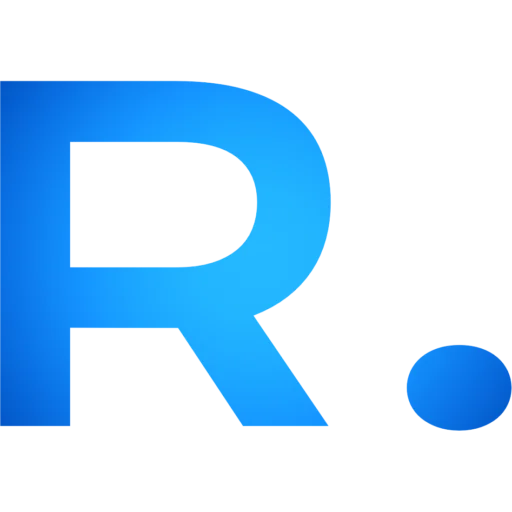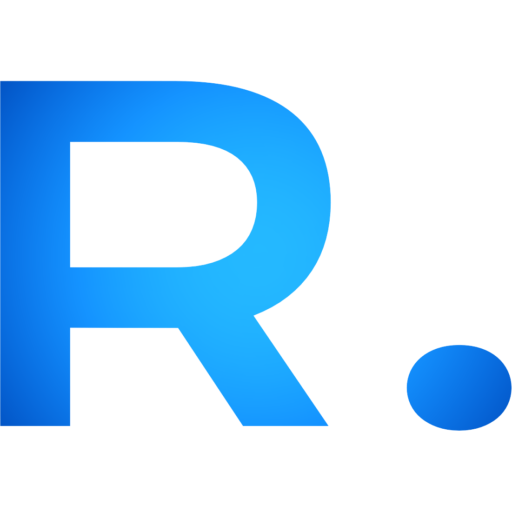성공적인 재활용 작업을 위해서는 폐기물에서 귀중한 원자재로 전환되는 모든 단계에서 정밀성이 요구됩니다. 사용 후 병을 깨끗한 플레이크로 변환한 후, 고성능 PET 병 재활용 시스템중요한 결정이 내려집니다. 바로 이 플레이크들을 어떻게 가장 시장성 있는 형태로 가공할 것인가입니다. 펠릿화가 답이지만, 적절한 기술을 선택하는 것이 무엇보다 중요합니다.
업계에서 가장 널리 사용되는 두 가지 방법은 전통적인 스트랜드 펠릿화와 더욱 발전된 수중 펠릿화(UWP)입니다. 각 방법은 뚜렷한 장점을 제공하며 운영 및 재정 측면에서도 각기 다른 고려 사항을 제시합니다. 이 가이드는 rPET 운영에 가장 적합한 솔루션을 선택하는 데 도움이 되는 직접적인 비교를 제공합니다.
워크호스: 스트랜드 펠렛화 이해
스트랜드 펠렛화 공정은 견고하고 널리 채택된 방법입니다. 작업 흐름은 선형적이며 시각적으로 직관적입니다.
- 압출: 녹은 rPET는 다이 헤드를 통해 압출되어 스파게티와 같은 연속적인 가닥을 형성합니다.
- 냉각: 이 가닥들은 물 욕조나 통을 통과하면서 식고 굳어집니다.
- 탈수: 에어 나이프나 흡입 장치는 머리카락 표면의 과도한 물기를 불어냅니다.
- 절단: 냉각되고 건조한 가닥은 펠렛화기에 공급되고, 여기서 절단 날이 달린 고속 회전자가 이를 원통형 펠렛으로 자릅니다.
정밀 방법: 수중 펠릿화(UWP) 이해
수중 펠릿화는 보다 통합적이고 자동화된 공정으로, 정밀성과 일관성이 높은 것이 특징입니다.
- 압출 및 절단: 용융된 rPET는 순환하는 물 시스템과 직접 접촉하는 다이 플레이트를 통해 압출됩니다. 회전하는 블레이드는 폴리머가 다이 표면에서 나오는 순간, 수중에서 펠릿으로 절단합니다.
- 냉각 및 운송: 새로 형성된 구형 펠릿은 물에 의해 즉시 응고되어 다이 헤드에서 슬러리 형태로 운반됩니다.
- 탈수: 슬러리는 원심 건조기에 공급되고, 고속으로 회전하면서 펠릿에서 물이 분리되어 건조된 완제품이 생산됩니다.
직접 비교: 스트랜드 vs. 언더워터
rPET용 펠릿화 시스템을 선택하려면 몇 가지 주요 요소에 대한 신중한 분석이 필요합니다.
1. 펠릿 품질 및 일관성
- 스트랜드 펠렛화: 균일한 원통형 펠릿을 생산합니다. 그러나 이 공정은 "스트랜드 파손"에 취약하여 펠릿 길이("롱")의 편차와 분진 또는 "미분" 발생을 초래할 수 있습니다. 품질은 시동 시 작업자의 숙련도에 크게 좌우됩니다.
- 수중 펠렛화: 크기와 모양의 변화가 최소화된 매우 균일한 구형 또는 렌즈형(렌즈 모양) 펠릿을 생산합니다. 즉각적인 냉각 공정으로 분진 및 미립자 발생이 매우 낮습니다. UWP는 일반적으로 고급 응용 분야에서 요구되는 더 높고 일관된 품질의 펠릿을 생산하는 것으로 알려져 있습니다.
2. 운영 요구 사항 및 복잡성
- 스트랜드 펠렛화: 이 공정은 특히 시동 시 작업자가 다이 헤드에서 펠렛타이저까지 스트랜드를 수동으로 "연결"해야 하는 등 수작업이 더 많이 필요합니다. 이 작업에는 노동력이 필요하지만, 용융 점도 변동에 대한 시스템의 관용성이 높아지고 작업자가 시각적으로 문제를 해결하기가 더 쉬워집니다.
- 수중 펠렛화: 이 시스템은 고도로 자동화된 폐쇄 루프 시스템으로, 작동 중 작업자의 개입이 최소화됩니다. 그러나 공정은 더욱 복잡하고 민감합니다. 제대로 작동하려면 매우 안정적인 압출 공정(용융 흐름, 압력, 온도)이 필요합니다. 시동 및 유지보수에는 일반적으로 높은 수준의 기술력이 요구됩니다.
3. 초기 투자 및 설치 면적
- 스트랜드 펠렛화: 스트랜드 펠릿화 라인의 초기 자본 투자 비용은 UWP 시스템보다 훨씬 낮습니다. 장비가 기계적으로 더 단순합니다. 그러나 냉각통이 필요하기 때문에 설치 공간이 상당히 길어질 수 있습니다.
- 수중 펠렛화: 이 기술은 정밀하게 설계된 절단 헤드, 물 온도 조절 시스템, 그리고 원심 건조기로 인해 초기 투자 비용이 높습니다. 그러나 전체 설치 면적은 더 작은 경우가 많습니다.
4. rPET에 가장 적합한 응용 분야
- 스트랜드 펠렛화: 범용 rPET 펠릿 생산, 컴파운딩, 그리고 펠릿 형태의 미세한 변형이 허용되는 용도에 적합하고 비용 효율적인 제품입니다. 초기 자본 비용 최소화가 최우선인 사업 운영에 안정적인 성능을 발휘합니다.
- 수중 펠렛화: 안정적인 가공을 위해 완벽한 펠릿 균일성이 요구되는 고급 응용 분야에 최적의 선택입니다. 복잡한 형상의 부품 사출 성형, 자동차 부품, 그리고 일관성이 필수적인 고부가가치 엔지니어링 플라스틱 컴파운딩 등이 여기에 포함됩니다.
요약표
| 특징 | 스트랜드 펠렛화 | 수중 펠렛화(UWP) |
| 펠릿 모양 | 원통형 | 구형 / 렌즈형 |
| 펠릿 품질 | 양호~최우수, 벌금 부과 가능성 | 우수에서 프리미엄까지, 매우 균일함 |
| 복잡성 | 더 낮은, 더 수동적인 시작 | 더 높고, 자동화되고, 더 민감합니다 |
| 초기 비용 | 낮추다 | 더 높은 |
| 발자국 | 더 길게 | 더욱 컴팩트하게 |
| 이상적 | 일반 목적, 비용에 민감한 작업 | 하이엔드 애플리케이션, 완벽한 일관성 |
결론: 올바른 선택하기
스트랜드 펠릿과 수중 펠릿 중 어떤 것을 선택할지는 전략적인 문제입니다. 귀사의 사업 모델이 광범위한 시장을 대상으로 안정적이고 비용 효율적인 rPET 생산에 중점을 둔다면, 스트랜드 펠릿 라인은 초기 투자 비용이 낮고 운영이 간편하여 매력적인 선택이 될 수 있습니다. 최고 수준의 일관성과 품질을 요구하는 프리미엄 시장을 목표로 한다면, 수중 펠릿 시스템의 뛰어난 생산량과 자동화는 더 높은 투자 비용을 정당화합니다.
궁극적으로 두 펠릿화 방법의 성공 여부는 투입 재료의 품질에 달려 있습니다. 깨끗하고 건조하며 균일한 플레이크는 견고한 PET 플라스틱 세척 라인, 고품질의 최종 펠릿을 얻는 데 기본이 됩니다.
Energycle에서는 귀사의 재활용 자재에 대한 최적의 부가가치 처리 솔루션을 결정하기 위해 귀사의 특정 요구 사항을 분석하는 데 도움을 드릴 수 있습니다. 기술팀에 문의하세요 귀하의 프로젝트에 대해 논의합니다.



